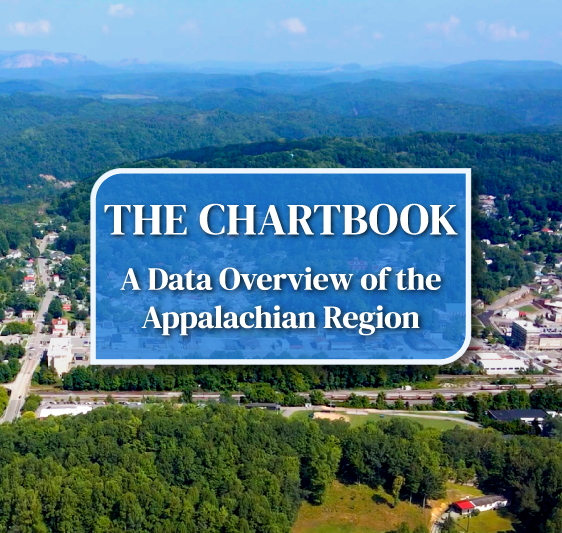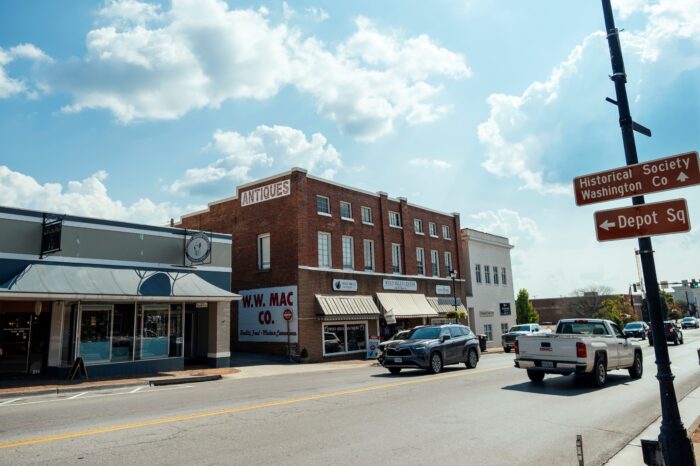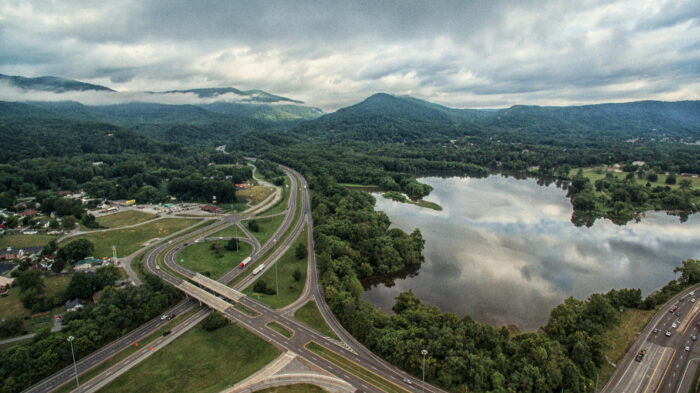The Appalachian Region: A Data Overview from the 2017-2021 American Community Survey, also known as “The Chartbook,” draws from the most recent American Community Survey and comparable Census Population Estimates. The report contains over 300,000 data points about Appalachia’s economy, income, employment, education, and other important indicators—all presented at regional, subregional, state, and county levels. Though that data was collected before, and during the initial ten months of, the COVID-19 pandemic, they provide a critical benchmark for comparison when more pandemic and post-pandemic information becomes available.
Dive into all data through the snapshots below and learn how rural Appalachia compares to the rest of rural America.
Data Snapshots
Population and Age in Appalachia
Appalachia’s population is 26,289,466 residents and the median age of the Region is 41.3 years old.

Education in Appalachia
89.5% of Appalachian adults ages 25-64 have earned a high school diploma, while 27.4% hold a bachelor’s degree.

Employment and Commuting in Appalachia
95.5% of Appalachia’s labor force is employed. This is slightly above the U.S. rate.

Income and Poverty in Appalachia
Appalachia’s median household income is $56,780 which is 82% of the U.S. figure.

Computer and Broadband Access in Appalachia
89.5% of Appalachian households have access to a computer, smartphone, or other device, while only 82.8% of Appalachian households have a broadband subscription.


A Data Overview of the Appalachian Region
This study examines state- and county-level data for the 13 Appalachian states from the 2017-2021 American Community Survey (ACS) and from U.S. Census Bureau population estimates on topics including population, age, race and ethnicity, education, labor force, employment and unemployment, income and poverty, and more.

Comparing Rural Appalachia to Rural America
Rural counties are found in each of the Appalachian Region’s 13 states, with the exception of Maryland and South Carolina. See how Appalachian counties stack up against the rest of the nation’s rural counties.

